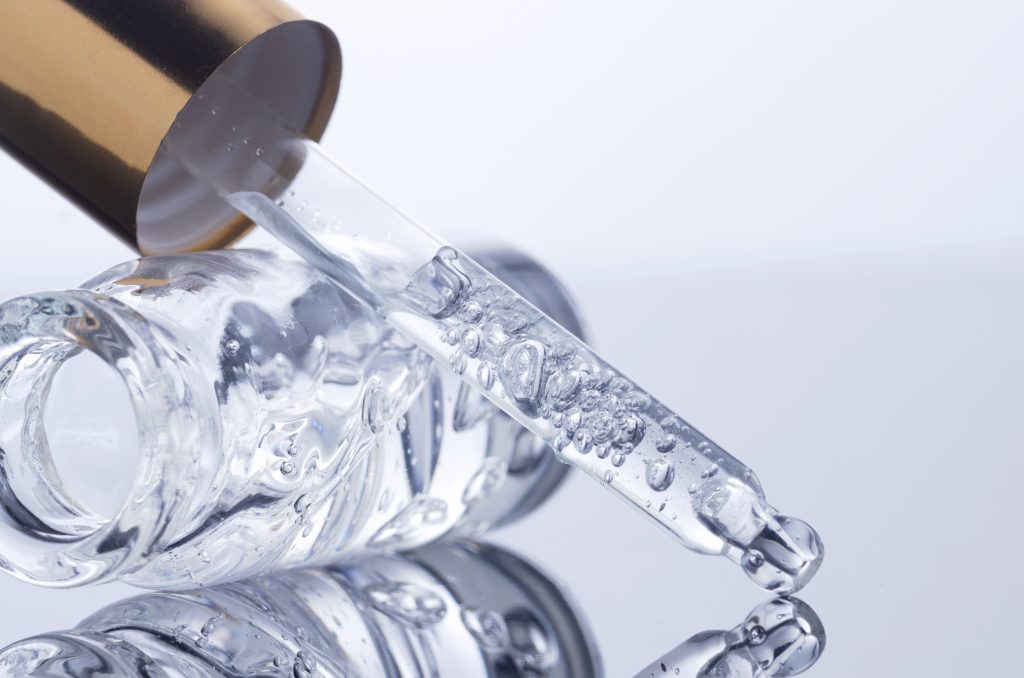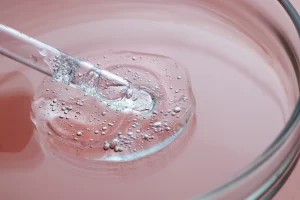In the vast universe of skincare ingredients, a few stand out as true MVPs. Salicylic acid is undoubtedly one of them. Often hailed as a skincare superhero and an impressive acne-buster, this powerhouse ingredient is a go-to for a reason. Whether you’re battling stubborn blackheads, pesky whiteheads, or general inflammation, salicylic acid is praised for its remarkable benefits.
You’ve likely seen it highlighted on cleansers, serums, and spot treatments. But what exactly is this popular Beta Hydroxy Acid (BHA), and how does it work its magic? This guide will break down the science, benefits, and best practices for using salicylic acid to achieve clearer, healthier skin.
What is Salicylic Acid?
Salicylic Acid (SA) is a Beta Hydroxy Acid (BHA). It’s a naturally occurring acid that can be derived from sources like white willow bark and wintergreen leaves. However, to ensure purity and efficacy, the salicylic acid used in skincare products today is often created synthetically in a lab.
How SA Works On Our Skin
Oil-Solubility
The secret to salicylic acid’s success lies in one key trait: it’s oil-soluble. This oil-solubility is a game-changer for clogged pores. It allows SA to penetrate deep into the pore lining, cutting through the skin’s natural oils (sebum). Once inside, it works to dissolve the excess oil, dead skin cells, and debris that mix together to form clogs, effectively clearing and purifying your pores from the inside out.
Keratolytic Action
Salicylic acid also promotes the skin’s natural exfoliation process. It is a keratolytic agent, which means it has the ability to soften and slough off the top layer of skin. By helping to break down the keratin (a protein that acts like a glue holding skin cells together), it encourages the shedding of dead, dull skin, revealing a fresher, smoother surface underneath.
The Skin Problems Can Be Solved By SA
Acne and Breakout Prevention
It is highly effective for mild acne, specifically non-inflammatory types like: blackheads and whiteheads. And it helps prevent future breakouts by keeping pores clear.
Oil Control and Pore Minimization
If you struggle with oily or combination skin, salicylic acid can be your best friend. It helps to regulate and lower the production of sebum. As it clears out oil and debris from the pores, they can appear smaller and less noticeable, contributing to a more refined complexion.
Anti-Inflammatory and Repairing Effects
Salicylic acid possesses anti-inflammatory properties, which help to reduce the redness, swelling, and tenderness associated with inflammatory acne. Over time, its exfoliating action can also:
- Help fade post-inflammatory hyperpigmentation (acne scars).
- Lessen the appearance of wrinkles and fine lines by promoting cellular turnover.
Texture and Specific Conditions
The benefits of salicylic acid extend beyond just the face. Its exfoliating properties work wonders for:
- Improving overall skin texture, reducing roughness and dullness.
- Treating rough and bumpy skin, a condition formally known as keratosis pilaris.
- Acting as a key ingredient in psoriasis and dandruff treatments by softening and lifting dry flakes from the skin and scalp.
Conclusion
Salicylic acid has earned its status as a skincare MVP for good reason. Its unique ability to exfoliate the skin’s surface and deep-clean pores makes it an unparalleled ingredient for managing mild acne, regulating oil, and improving overall skin texture.
Contact us today for samples and formulation consultations!





